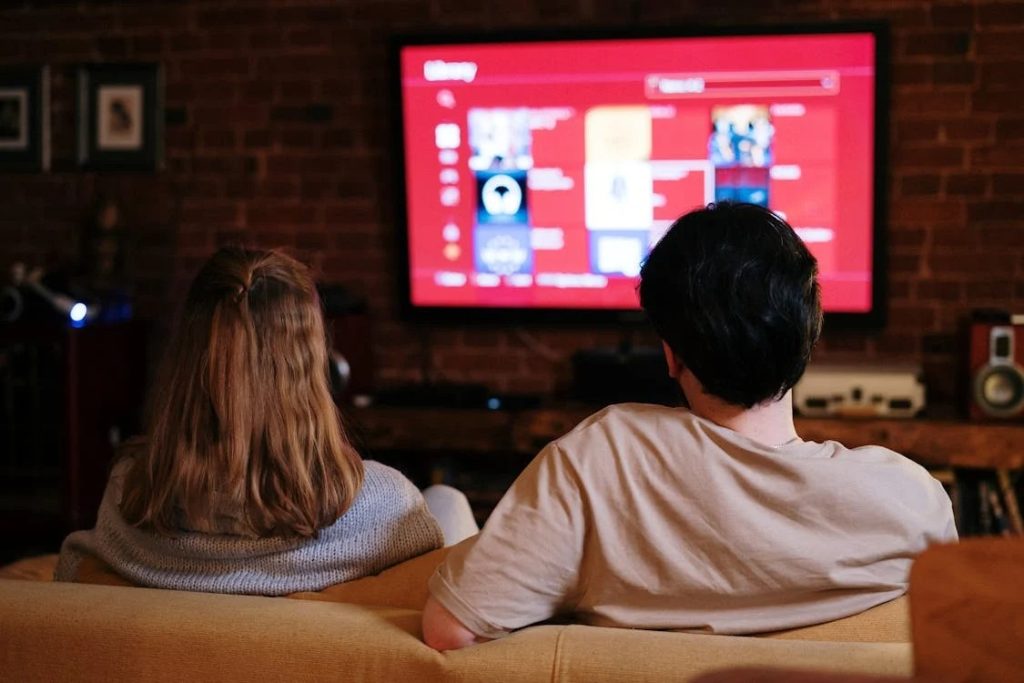How Smart TVs Are Reshaping UK Viewing Habits in 2025

In 2025, the experience of watching television is nothing like it was a decade ago. Smart TVs have become the central hub for entertainment in millions of homes, offering access to not just live broadcasts but a vast array of apps, streaming services, and internet content. This shift has given viewers more control over what they watch and how they engage with their screens. Viewing habits are evolving, with technology playing a crucial role in changing everyday routines.
Today’s smart TVs are much more than devices for streaming the latest shows or films. Many models come with fully integrated browsers and app stores, allowing users to explore the internet without needing additional gadgets. This opens up access to a variety of online services, including niche platforms and interactive applications.
Among the popular features are gaming apps, which offer casual and immersive entertainment directly on the TV screen. These apps allow users to play solo or multiplayer games without the need for a separate console, expanding the range of activities available on a single device.
For instance, some users may visit gambling sites not on GamStopdirectly through their smart TVs. Some platforms include features such as welcome spins or user incentives, offering an alternative experience to standard UK-licensed sites. While this is a small part of the overall use, it highlights the increasing diversity of activities that viewers now carry out on their living room screens.
The ability to switch effortlessly between streaming a new series, browsing online forums, or catching up on the news has created a more personalised and interactive viewing experience. This flexibility has changed how people consume media, encouraging longer screen time and the blending of entertainment with other forms of digital interaction.
With more apps and services available than ever before, smart TVs have become entertainment centres where traditional television channels share space with on-demand content, social media, games, and even web browsing. These devices have responded to growing demand for convenience, allowing users to access all their favourite content from a single interface. As a result, binge-watching has become commonplace, and catch-up services continue to grow in popularity.
The presence of AI-powered recommendations is another factor influencing viewing habits. Smart TVs learn from users’ watching patterns and suggest content tailored to their tastes. This creates a more engaging experience and helps viewers discover shows and films they might otherwise have missed. The same technology that drives video recommendations is often used in other digital spaces, including certain online platforms accessed through smart TVs.
Second-screen usage has also evolved alongside smart TV technology. Many viewers now use smartphones or tablets alongside their main screen, switching between devices or using them simultaneously. This behaviour adds another layer to how people watch TV, with apps for social interaction, shopping, or even betting often open while a show plays. The seamless connectivity of smart TVs makes this multitasking easier and more common.
The arrival of voice assistants built into smart TVs has further altered viewing habits. Commands like “play the latest episode” or “find comedy films” reduce the friction of searching for content. Voice control offers a more natural way to explore the vast libraries of shows and movies available, and makes technology accessible to those less comfortable with traditional remotes.
Despite all these advances, traditional live television is far from obsolete. Many still enjoy the immediacy and shared experience of live broadcasts, especially for news, sports, and special events. However, smart TVs offer the option to pause, rewind, and catch up later, giving viewers control over their schedules. This flexibility has led to a more casual approach to TV watching, with fewer people tied to rigid schedules.
The changes in technology also reflect a shift in how content providers approach their audiences. There is a growing emphasis on creating user-friendly interfaces and interactive features that keep viewers engaged longer. Many platforms now blend video with interactive elements such as quizzes, polls, or shopping options, turning the passive act of watching into an active one.
Smart TVs have also made it easier for people to explore a wider range of content, including foreign language films, independent productions, and niche genres. This diversity appeals to audiences looking for something beyond mainstream offerings, and helps foster a more varied entertainment landscape.
The expansion of smart TV capabilities has had a clear impact on UK viewing habits in 2025. Screens are no longer just for watching scheduled programming; they are portals to a variety of digital experiences. As technology continues to evolve, the ways in which people consume, interact with, and enjoy television will keep changing, which makes the smart TV a central part of modern life.

